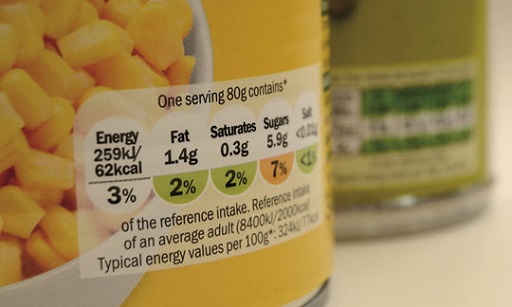10 Encouraging behavioural change
Several strategies have already been put forward to encourage health-related behavioural changes, and some of these include placing some restrictions on industry:
- Promoting healthy eating – regulations governing food-based standards for school lunches (introduced in 2006) ban economy burgers from school lunches, deep-fried products such as chips are limited to twice a week, and chocolate, crisps and sweetened fizzy drinks can no longer be part of school lunches (Department of Health, 2012).
- Clear nutrition labelling – in the UK 80% of pre-packaged food carries nutritional information on the front of the packaging. Placing this nutrition information in a prominent place is key to consumers using it in order to make healthier choices (Department of Health, 2012).
- Restrictions on food advertising – the government introduced controls on television advertising of foods and drinks high in fat, salt and sugar to children in the UK from April 2007 onwards (Department of Health, 2012).
In addition to these government-endorsed strategies, what else can be done to influence behaviour and encourage behavioural change? Behaviour is seen as comprising the interaction of two systems:
The first is a reflective system, whereby what we do is a result of goals that reflect our values and where we’re aware of what we’re doing. The other system, which actually accounts for much more of our behaviour, is an automatic system, whereby we’re often not aware of the impulses that have generated our behaviour. There is an increasing recognition that both these systems are very important in explaining our behaviour. Often they work synergistically, so they work together well. Sometimes they work antagonistically. This is one of the reasons why, while many of us have very good intentions, we often find ourselves behaving in ways that go against our intentions.
A range of models of health behaviour and theories of behaviour change have been developed. A fairly recent example is ‘nudge theory’ (Thaler and Sunstein, 2009). Arno and Thomas (2016) consider nudge theory to be a collection of methods, deemed to be ‘nudges’, that have the potential for low-cost and broad application to guide healthier lifestyle choices. Examples include nutritional labelling being added to menus in a restaurant, so that diners can establish how many calories are in a meal (nudging them towards healthier options) and increasing the availability and visibility of healthier options presented to consumers on supermarket webpages (nudging consumers towards selecting healthy food options).

